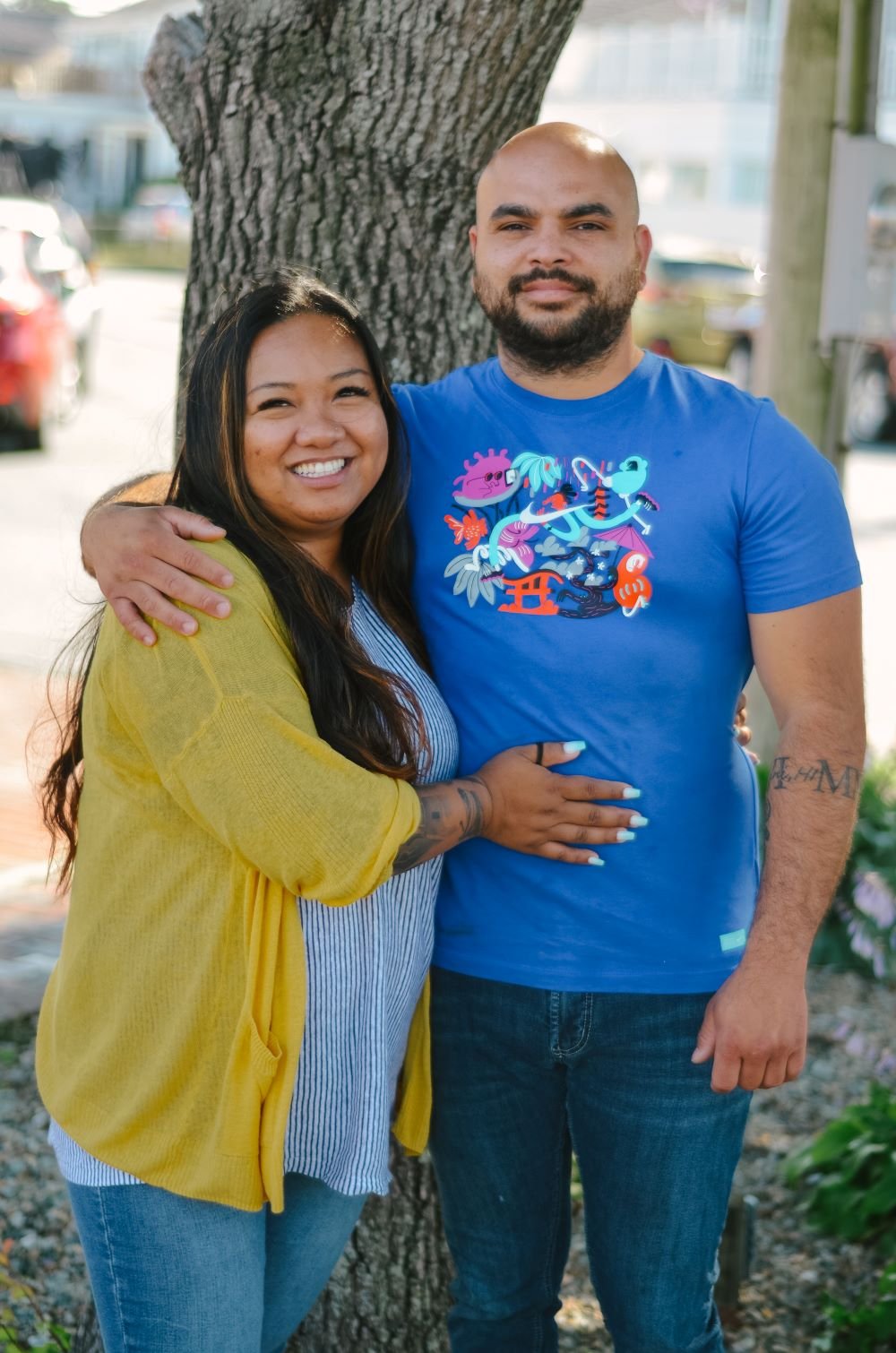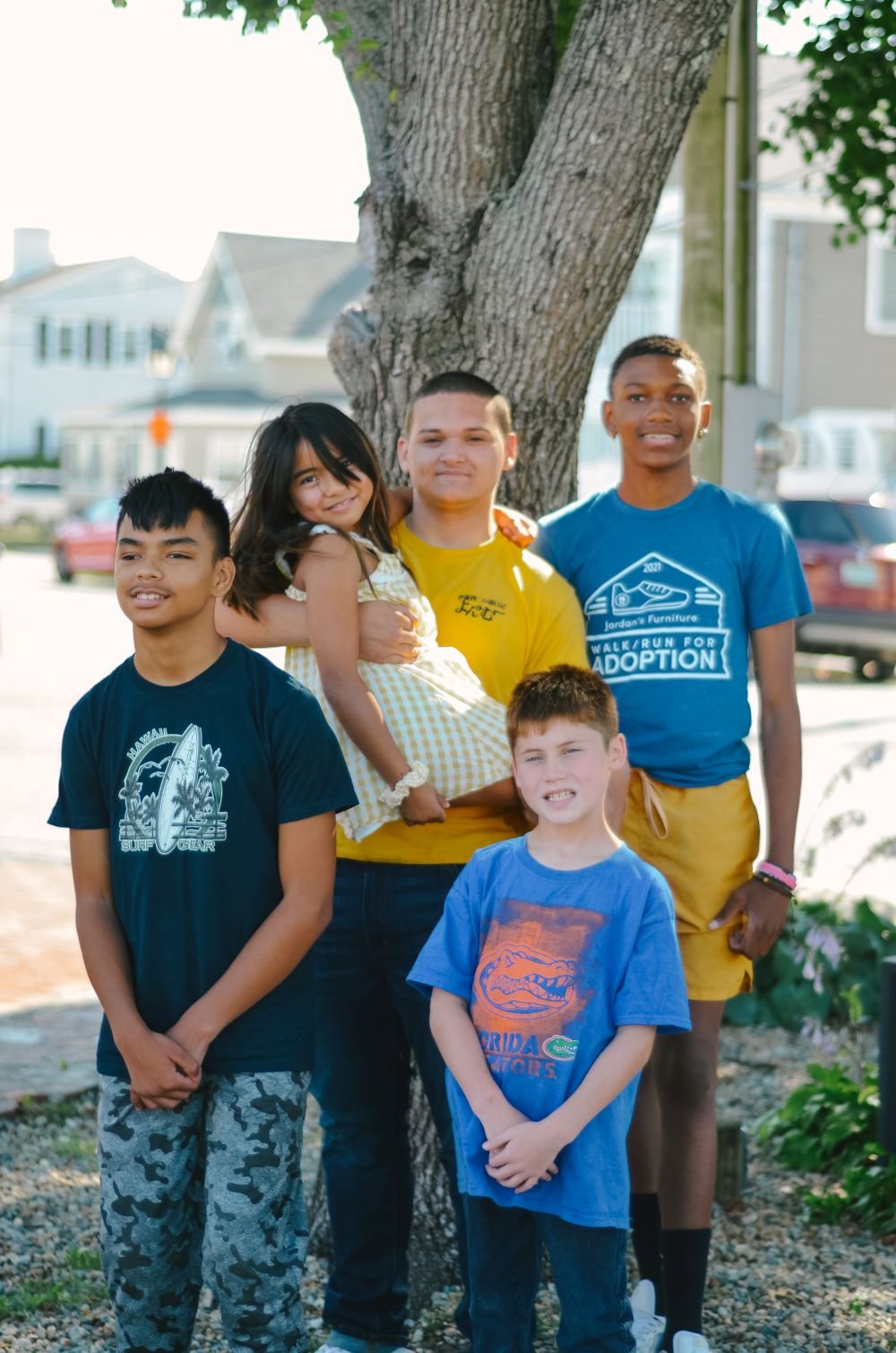Mary and José Nogueras are the proud, energetic, and patient parents of five children. They own a pottery studio down the Cape and are strongly invested in their community. The sound of kids laughing and yelling and slightly exasperated directions from José and Mary tend to follow wherever they go. This is the story of how they built their family. José and Mary married in 2005, and knew that adoption was always on the table. Mary’s father was adopted, and she had two adoptive siblings herself, so they weren’t strangers to the adoption process. “I wanted kind of a big family, and it felt good to adopt kids and give them better homes,” said José.
José and Mary are parents to five children; they had two biological children Jaden and Abigail (16 and 9, respectively), then adopted their son Emmanuel (9), and his older brother Julian (17). This year Julian’s friend Delonte, who goes by Lonny (17), joined their family as well. “We started directly with adoption. We reached out to MARE, and the process took a while. We met with a social worker, did our classes, and went to some adoption events just to get a feel for who was in the system and find the right kid that matched our life. Eventually, we got matched with Emmanuel, our first placement. Emmanuel was four when he moved in and his adoption was finalized right around when he was six; after his was done Julian moved in, and his was finalized this year; and after his was finalized we had Lonny move in,” said José. Technically, the Nogueras’ are fostering Lonny intending to adopt him.
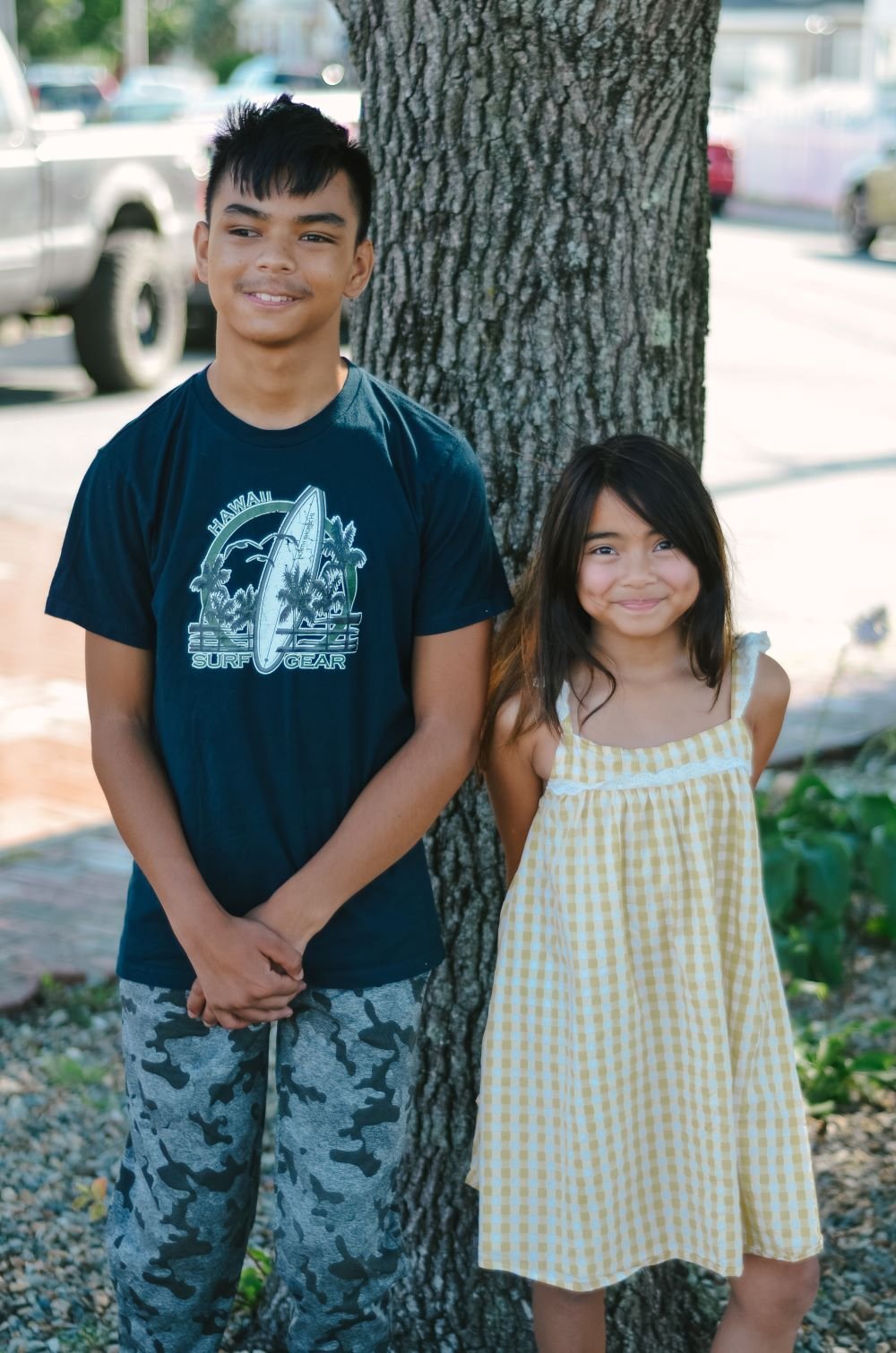
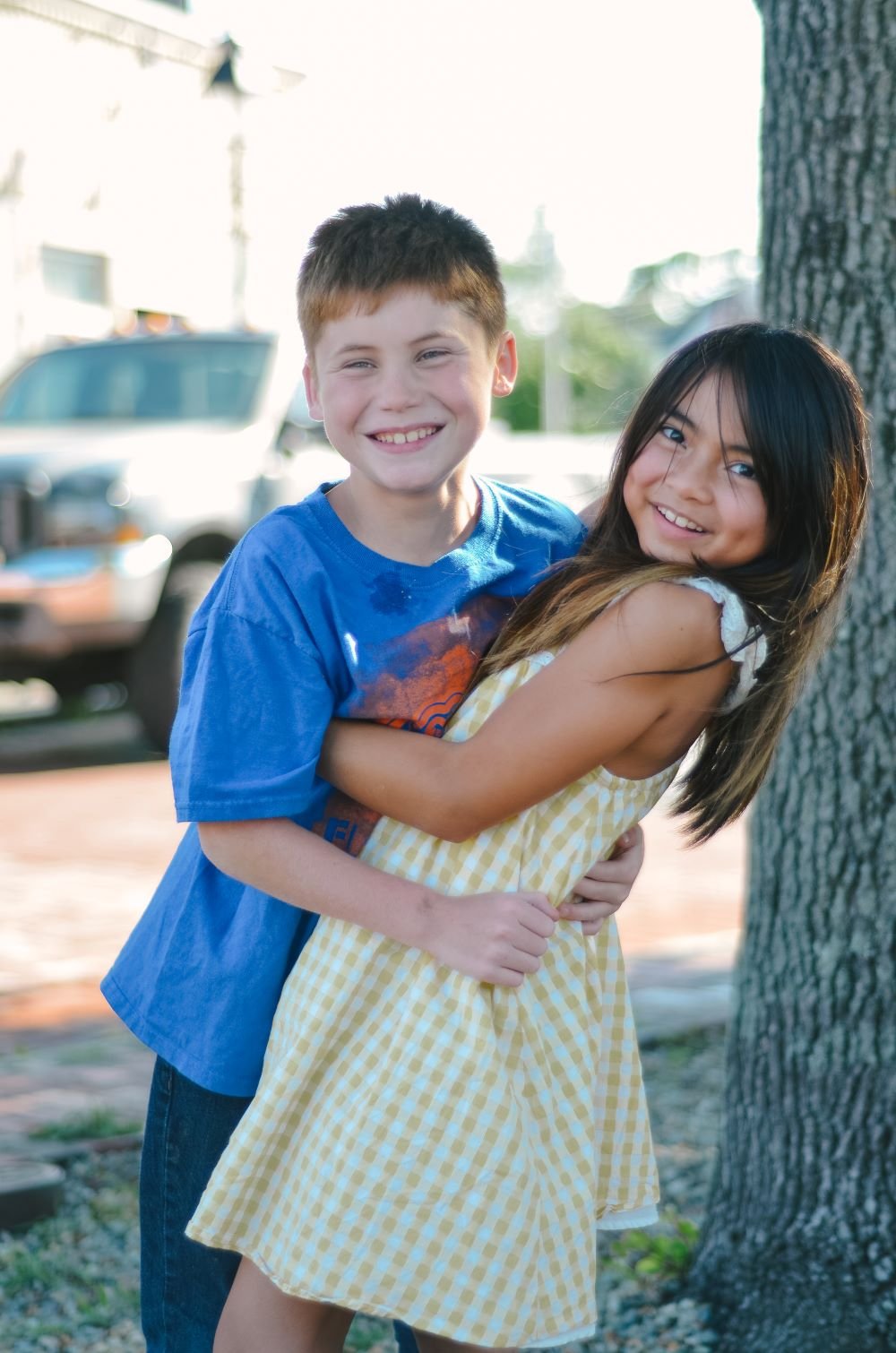
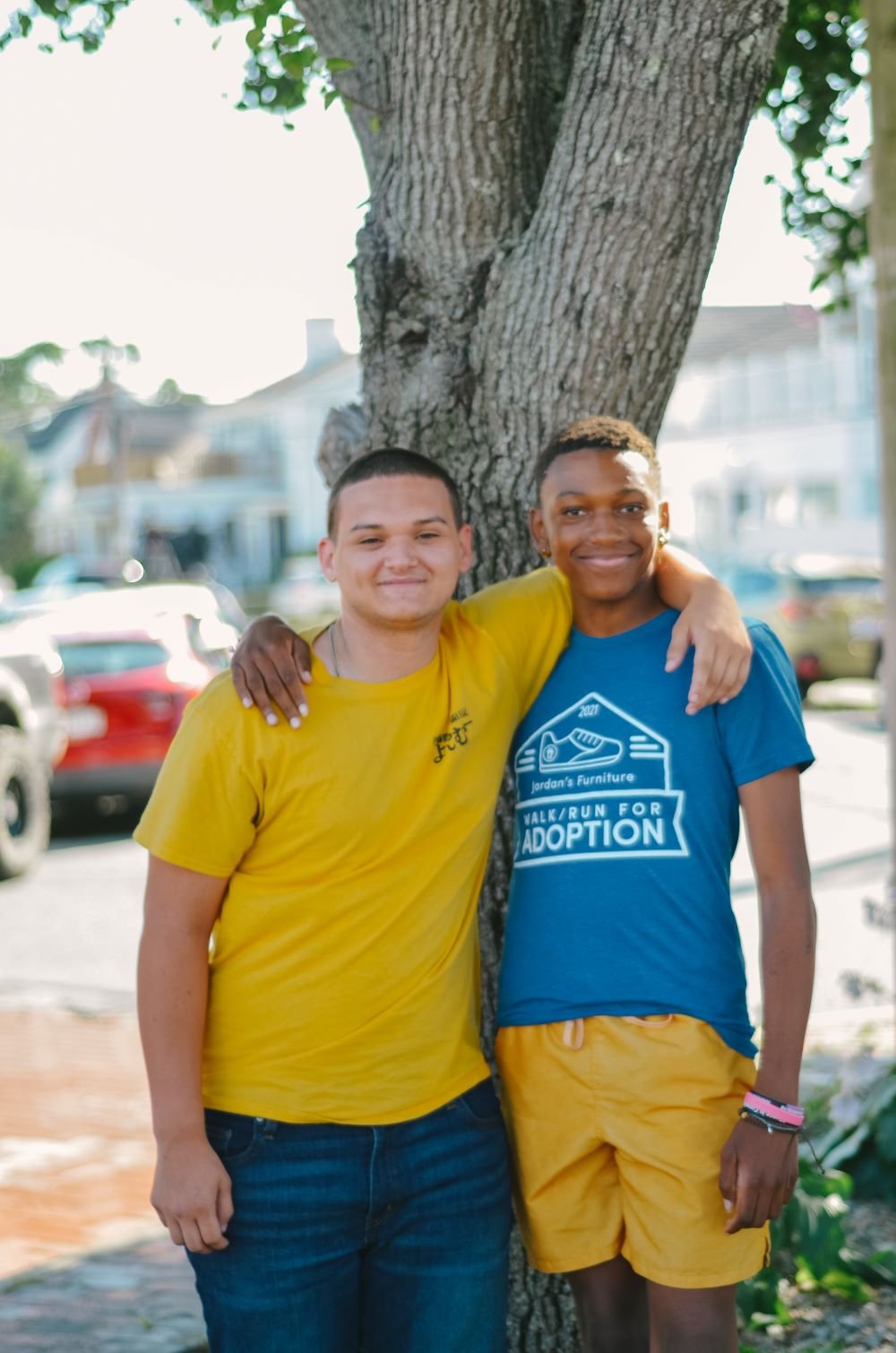
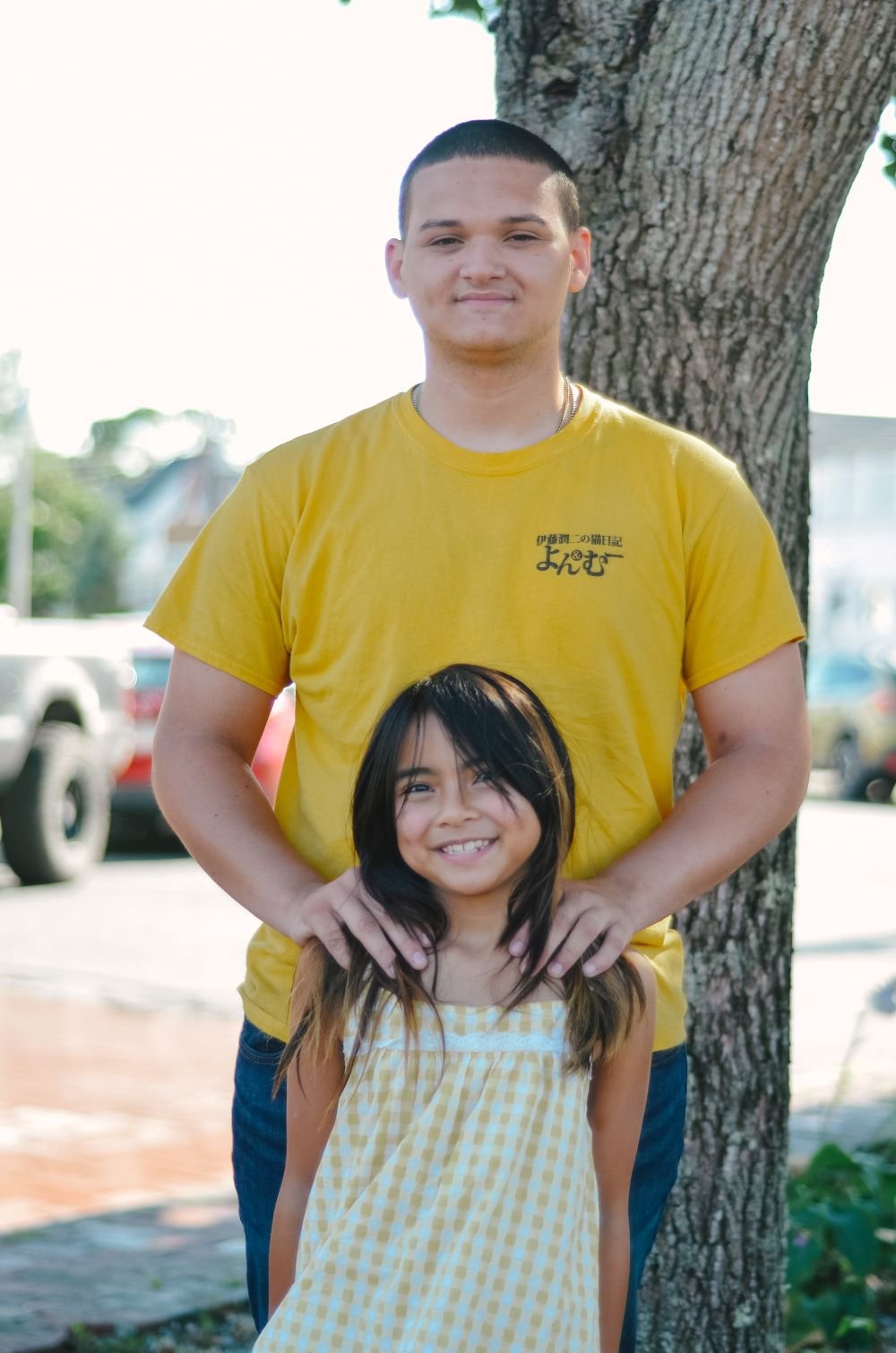
Photos (left to right): Jaden and Abigail, Emmanuel and Abigail, Julian and Lonny, Julian and Abigail
When it came to building a family through adoption, Mary and José took their time. “It just takes time,” said José.” That’s one of the things we talk to people about; don’t rush into it. Take that time and don’t be afraid to say no. There were a couple of kids that we talked to and looked into, but then Emmanuel came and he fit our family the most. It’s kind of weird, saying no to a kid. But the department would prefer you to say that if you know your family’s lifestyle than taking a kid you can’t handle. It’s beneficial to say no than trying to do something and failing.”
After Emmanuel moved in, Mary and José began building a connection with Julian, who shares a birth mother with Emmanuel. “We started as his visiting resource, and then he had some tough times at his residential program, so we found it would be more appropriate for him to move in,” said Mary. “At that point I think we were his primary contact; every time he struggled at his program they would call us, and it just made sense for him to move in.” Through Julian, the Nogueras’ met Lonny, who quickly became part of their family. “We know Lonny because they lived in the same residential program, so we kind of just kept tabs on Lonny as well, and then he moved in,” said Mary. Lonny and Julian were never far from each other. Both are reserved and quiet, but often let out laughs together over funny social media posts. It’s obvious that they are best friends.
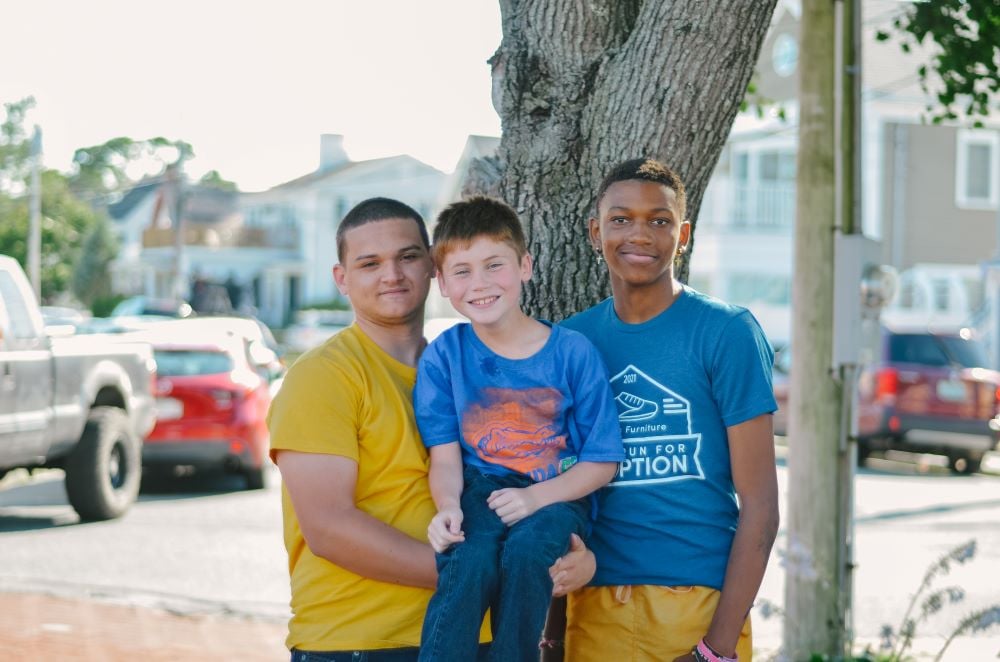
Mary and José don’t consider raising their children challenging; at least, no more than any other parent would. “Parenting is really the same; it’s no different,” said José. “You’re not going to treat them any differently than the other kids. Each kid has their own individual circumstances, but biologically our kids have their own too.” “They all have their challenges and unique needs, and I think we catered our approach to each child's needs,” added Mary. “We meet them where they are. I think our situation is unique in comparison to a lot of people’s experiences with multiple children who are adopted, because they were all somehow connected. Julian already was familiar with our biological kids because during sibling visits we always included everybody.
We frequented Julian’s program a lot, so Lonny got to know everybody; it was serendipitous, almost. It was really nice.” Adding Julian and Lonny to the family highlighted the desperate need for adoptive families for older children. “Because of Lonny and Julian we kind of opened up our eyes to the needs of older kids,” said Mary. “José and I opened the conversation of ‘How can we get our peers to be involved? What can we do to support more youth in care?’ Because we had no more room, but we wanted to support more kids.” José and Mary have started several programs designed to support youth in foster care and provide comfort and necessity items that they need, including their Gifting Crate program and providing birthday boxes to kids in residential programs. Mary has also accepted a position at MARE designed to address the urgent need for more adoptive families of color.
“Our goal is to try to get more young people into the process, especially on the minority side of things, and especially adopting older kids; teens and kids ten years old and up are the least looked at for fostering and adoption,” said José. “People often look for younger kids to start their families, but older kids have a lot to offer as well. Lonny was a teen and still hopeful, and after a few years, he’s here.” “I think José and I want to challenge our peers to have a conversation about adopting,” said Mary. “If we can do it, I think our peers can too.”
